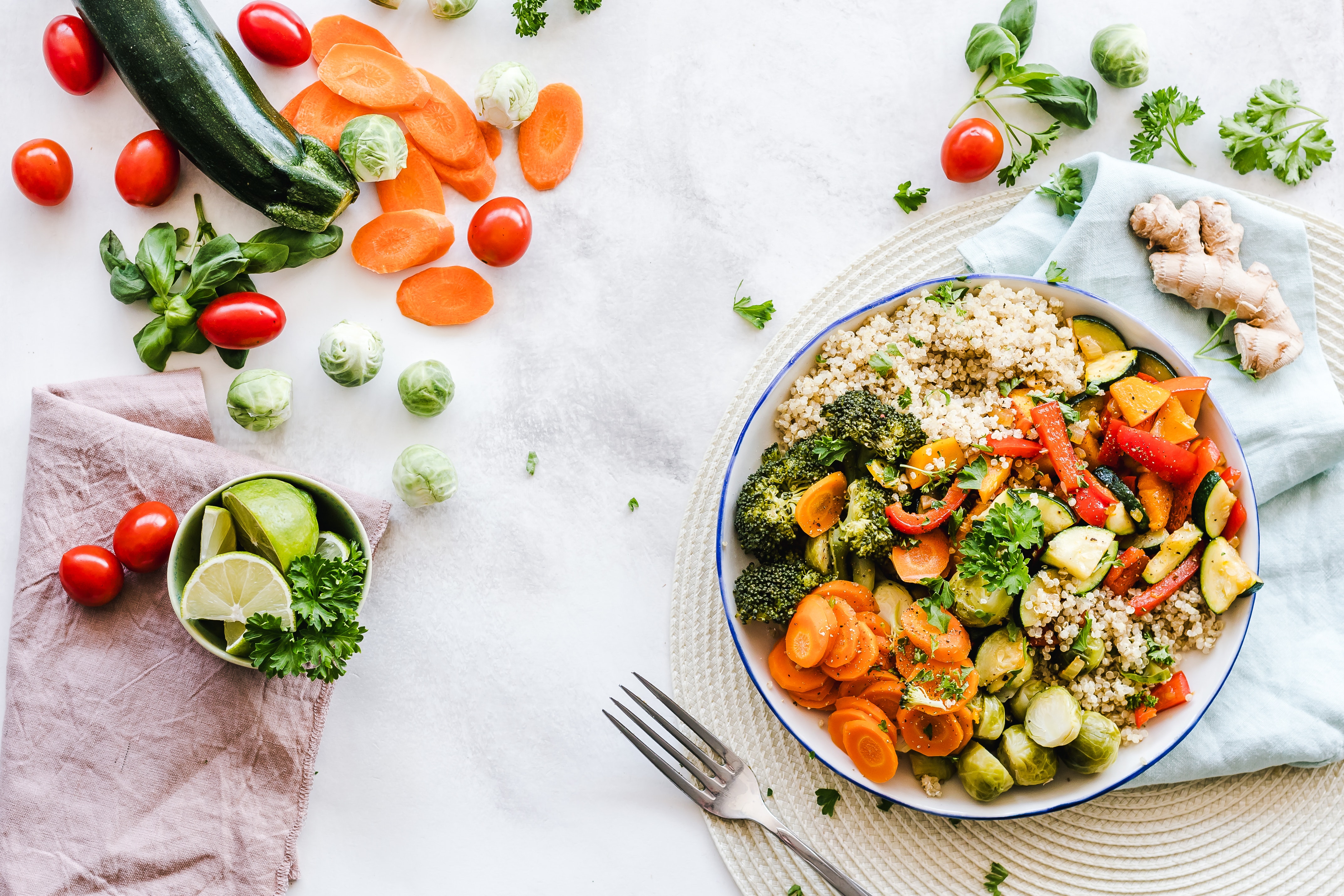
Winter is upon us. It’s colder than a you-know-what just about everywhere. Here in Hendersonville, TN we have had a variety of snow, sleet, freezing rain, icy roads, and below freezing temps since the new year started. (How was it 75 degrees on Christmas?!?!) Further north was hit even harder, and there’s a resort in Vermont that averages over 30 feet of snow each year! For some, winter is their favorite season. They love to watch the beautiful white fluff fall from the sky and blanket the ground. They wait all year for the conditions to be right for winter sports like skiing and snowboarding. I am not those people. So, short of relocating to Florida, how do we survive winter? Here are 4 hacks to help you make the most of the season.

1. Respect the temps
Straight temperatures aren't all that matter. If you are headed outside, consider wind chill — the temperature it "feels like" outside. The lower that wind chill drops, the higher the risk of hypothermia or frostbite.
When in doubt, a rule of thumb is when the temperature drops below freezing, limit skin exposure outside to under 30 minutes at a time. Hypothermia occurs when the body loses heat faster than it can produce it and frostbite is the injury that results. There are many factors that can play into this; children and the elderly can be especially susceptible.

2. Accessorize
In colder temperatures, you shiver to produce heat in your muscles. Fingers, toes, ear lobes, or the tip of the nose are the areas most susceptible to frostbite. Your body works hard to keep internal organs and your head warm, and sometimes extremities get left behind. So remember to accessorize with a hat that covers the ears, a scarf that covers the nose, and mittens for the hands! Yes, you can wear mittens as an adult. It may be easier to text in gloves, but your digits will be much warmer in mittens. When they're made of the same material, mittens offer more warmth since fingers have skin-to-skin contact with each other and can share body heat. Mittens also tend to have a smaller surface area than gloves, which reduces heat loss, so when in doubt, always choose mittens.

3. Move
I don’t mean move to a tropical climate, though the thought has definitely crossed my mind. I mean exercise! The US Department of Health and Human services recommends at least 150 minutes of physical activity per week.
This is not only crucial to a healthy heart, but exercise can help alleviate symptoms of seasonal affective disorder (SAD) a form of depression triggered by changes in daylight and weather that occur primarily in winter. A 2019 study also showed that exercise reduces the risk of illness. For some, the thought of navigating a big box gym can be overwhelming. If this sounds like you, try a smaller, locally owned gym or smaller group fitness classes like Pilates or Pure Barre. Don’t have time to get to a class? There are so many online options that allow you to workout in the comfort of your own home!

4. Fuel up with premium ingredients
In addition to seasonal depression, winter often brings higher cases of colds and flu. Thanks mother nature, but I’ll pass on all that. One way to ensure that your body has the best defenses against those unwanted gifts is to fuel up with healthy, natural foods. Skip those pre-packaged boxed meals that are high in salt and preservatives and reach for the lean meats and fresh fruits and vegetables. The body needs certain nutrients to maintain optimal function and while it’s possible to take supplements, it is always better to source those from the food we eat.
There are several research studies linking Vitamin D to immunity and almost half of Americans are deficient. Sockeye salmon, tuna, and eggs are a great source of Vitamin D3. Milk, orange juice, and some cereals can also be fortified with Vitamin D, but keep an eye on the sugar levels. Magnesium is another nutrient linked with immunity. Magnesium is also essential to our body’s ability to absorb vitamin D and it is estimated that up to 50 percent of Americans are deficient in that too. Raw, unsalted almonds are my personal favorite source of magnesium. Other sources include green leafy vegetables (such as spinach), nuts, seeds, and whole grains. While “comfort foods” may be more appealing on a bleak and rainy day, they aren’t usually the best choice for your health in the long run. However, if you want a warm comforting soup, try my favorite vegetable soup!
Knowing these hacks will help you not just survive, but enjoy the winter weather, too. But remember, winter is only a small portion of the year and we are almost halfway through it! Spring is headed our way soon, friends.
Heather Champion
Contact Me


